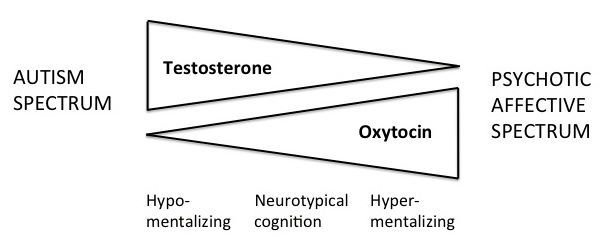Dysfunctional vs disfunctional
Disfunction vs Dysfunction - What’s The Difference?
Jon Wright
Posted
The English language contains hundreds of words with spelling variations. Dysfunction is one of those words, with its common spelling variation of disfunction. Neither spelling has a different meaning in the English language.
Both Dysfunction & Disfunction are correct but Dysfunction is the generally accepted preferred spelling that most people use.
The Meaning of
Dysfunction (and Disfunction)The Merriam Webster dictionary states that dysfunction means:
1: impaired or abnormal functioning, e.g., gastrointestinal dysfunction.
2: abnormal or unhealthy interpersonal behavior or interaction within a group,e.g., family dysfunction.
Dysfunctional is a noun (describing a person, place, or thing.) Its adjective counterpart (a word that modifies or describes a noun) is dysfunctional.
When To Use Dysfunction?
The spelling dysfunction, with the Greek root [dys], is the preferred spelling of the word. Therefore, the Greek spelling needs utilizing wherever possible. Any professional papers, medical documents, or essays should use this spelling.
When To Use Disfunction?
Merriam Webster cites disfunction with the Latin root [dis] as an acknowledged variation of dysfunction. However, educators, professionals, and medical experts would not use this variation. It is not technically wrong, but it is not the most correct version of the word.
Examples of
Dysfunction In A SentenceDysfunction generally appears in sentences describing broken relationships, medical conditions, and social situations:
- Science has proven that a relationship dysfunction in the family can contribute to childhood anxiety and stress.
- A dysfunction in human lactase production causes lactose intolerance.
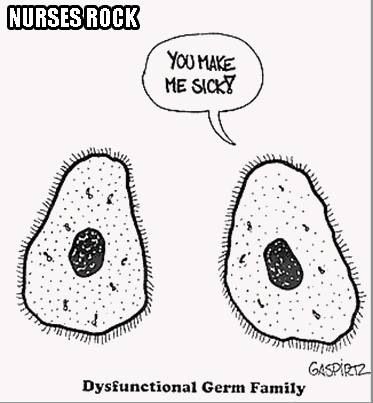
- One risk of chronic alcohol use is the development of liver dysfunction.
- Hormonal medication can treat sexual dysfunction in men and women.
Dysfunction also appears frequently as the root word of dysfunctional. Examples of Dysfunctional in a sentence include:
- Their large family has a dysfunctional dynamic.
- The internet has made society dysfunctional.
- After decades of eating fried food, his arteries are practically dysfunctional.
Examples of
Disfunction In A SentenceRemember, disfunction is not the generally accepted spelling of the word; however, you can use it in sentences like this:
- Kidney and liver disfunction have increased in Americans since the 1960s.
- Doctors treat hormonal disfunction for millions of Americans.
- Their relationship operates on constant disfunction.

How to Remember the Difference Between
Disfunction vs DysfunctionAn excellent way to remember the correct spelling of dysfunction is to ask yourself “why” or “y.” Then, if you can remember the y, you can remember how to spell dysfunction.
To remember when to use dysfunction vs. dysfunctional, ask yourself if the word describes a person, place, or thing or if the word is the thing you are describing.
- If the word describes something else in the sentence, use the adjective dysfunctional.
- If the word is the thing or state you are describing, use the noun dysfunction.
In general, avoid using disfunction. Autocorrect and spellcheck will catch the mistake in most cases and attempt to correct it.
In Conclusion
When it comes to using dysfunction, remember that the correct spelling uses a “y. ” So while disfunction may be acceptable, it is not the best or most accurate way to spell the word.
” So while disfunction may be acceptable, it is not the best or most accurate way to spell the word.
About Jon Wright
Jon has worked in Digital Marketing for over 20 years, mainly for large enterprises. He now runs an eCommerce Agency that helps merchants build and grow their stores. He writes about SEO, CRO amongst other things.
"Disfunction" or "Dysfunction" - Correct Version Explained
Prefixes and suffixes come up every now and then in writing. Therefore, it’s helpful to know how different ones affect different words. This article will explore the spelling of “dysfunction” or “disfunction” and how to use it correctly.
Is It “Disfunction” Or “Dysfunction”?
“Dysfunction” is the only grammatically correct spelling we can use. It is correct because it uses the Greek prefix “dys-,” which means “bad” or “difficult.” While “dis-” is also a prefix for some words, it is not the appropriate prefix we want to use when talking about “bad functions. ”
”
The confusion comes from using other “dis-” words like:
- Disallowed
- Disassociated
- Discovered
However, “dis-” means “not” or “none” in Greek, which is why it’s acceptable in these cases. We could translate it to mean “not allowed,” “not associated,” and “not covered,” respectively.
If we use “disfunction,” it would mean “not function.” However, this meaning is incorrect since “dysfunction” means that something is faulty or functioning badly. That’s why “dys-” is the more appropriate prefix in this case.
Watch the video: Only 1 percent of ...
Please enable JavaScript
Watch the video: Only 1 percent of our visitors get these 3 grammar questions right...
Is It Ever Correct To Use “Disfunction”?
There are no cases where “disfunction” is correct. It is not an officially recognized spelling because it uses the wrong Greek prefix when establishing that something does not function correctly.
The definition of “dysfunction,” according to The Cambridge Dictionary, is “a problem or fault in a part of the body or a machine.”
As you can see, The Cambridge Dictionary only recognizes “dysfunction” as the correct spelling variation. There is no mention of “disfunction” because it is not something that works.
If you need more proof, you can refer to Google Ngram Viewer. The graph shows that “dysfunction” is the only grammatically correct choice of the two spelling variations.
There are almost zero uses of “disfunction,” and the only times when it is mentioned seem to be spelling mistakes.
What Does “Dysfunction” Or “Disfunction” Mean?
So, let’s circle back to the original meaning. We’ve already established that only “dysfunction” is correct, so it’s the only one we will focus on.
“Dysfunction” means that something is not working correctly. It can refer to a machine or body, and it usually shows that something is functioning poorly or has a fault in it that needs fixing.
If a machine has a dysfunction, it usually requires a mechanic or technician to fix it. It depends on the problem, but it would require someone’s expertise to help right whatever is wrong with it.
If a body has a dysfunction, it can mean that someone is suffering from something they don’t know how to handle. We would entrust a doctor or nurse with the job of trying to fix whatever our dysfunction may be.
Examples Of How To Use “Disfunction” And “Dysfunction” In A Sentence
We’re going to include some examples now to help you understand it better. We’ll include both spelling variations to highlight which one is correct.
- Correct: There are a few mechanical dysfunctions that we need to go over here before this is completed.
- Incorrect: I’m disfunctional, and I don’t know what to tell the doctor to help me get back to normal.
- Correct: I don’t mean to point out the dysfunction, but don’t you think it would make more sense to correct it first?
- Incorrect: This disfunction is getting a bit too difficult for me to handle on my own.
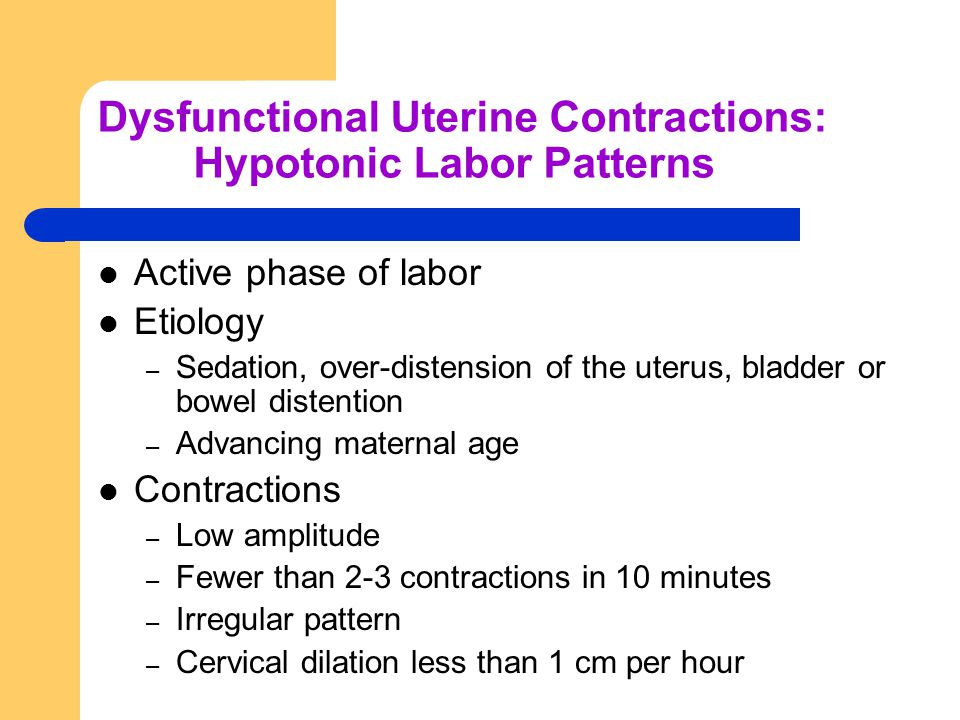
- Correct: My body has a few dysfunctions, and I would really like to find a way to fix them.
- Incorrect: The disfunctions in this joint bracket are causing issues in the overall machine.
- Correct: What dysfunctions are you talking about? I haven’t seen any.
- Incorrect: I didn’t realize you had so many disfunctions in your body! I’m so sorry!
- Correct: This is completely dysfunctional! You should start again!
- Incorrect: I don’t agree with you about the disfunction of this machine. I think it works fine!
“Dysfunction” is the only correct spelling variation. You can see that it works well in many cases to talk about faults in machines or bodies. Never spell it as “disfunction.”
“Dysfunction” – Synonyms
Perhaps you’d benefit from checking out some synonyms to “dysfunction.” Most of these use different prefixes, which could be interesting to learn about:
- Malfunction
- Disorder
- Disruption
- Failure
- Breakdown
- Miscarriage
- Disturbance
- Unrest
causes, diagnosis, treatment - Gynecology - clinic of gynecology
Dysfunctional uterine bleeding (DUB) is a disease caused by functional failures in the reproductive system.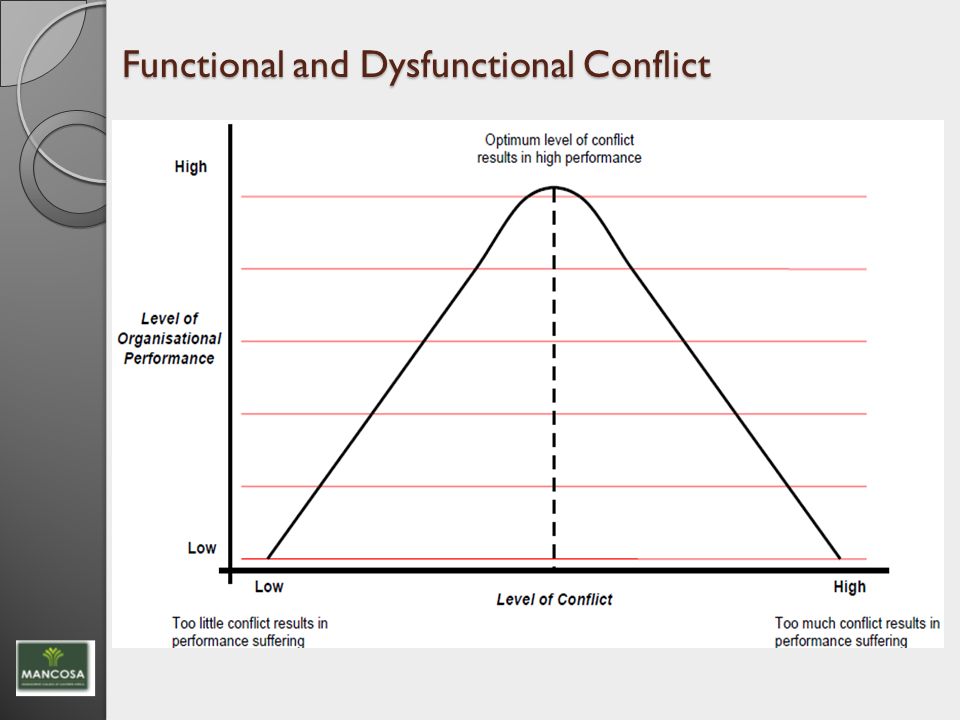 This disease is not caused by structural pathologies of the reproductive organs, but by a malfunction in the rhythm of their work and the synthesis of sex hormones.
This disease is not caused by structural pathologies of the reproductive organs, but by a malfunction in the rhythm of their work and the synthesis of sex hormones.
Allocate DMC juvenile, reproductive and menopausal periods. DMC in women of reproductive age are divided into anovulatory and ovular. Ovulatory bleeding is characterized by rhythm and manifests itself in the form of heavy periods (hypermenorrhea). Pathological intensification of menstruation can be manifested by an increase in their frequency, volume or duration.
Anovulatory DMC is characterized by the absence of rhythm, they are called metrorrhagia. Not all uterine bleeding is functional. DMC does not include blood loss resulting from structural pathologies of the reproductive system (neoplasms, endometrioid disease, etc.) and not associated with menstrual cycles.
Symptoms and causes
The main sign of uterine bleeding is various bloody discharge from this organ that enters the vagina and then out.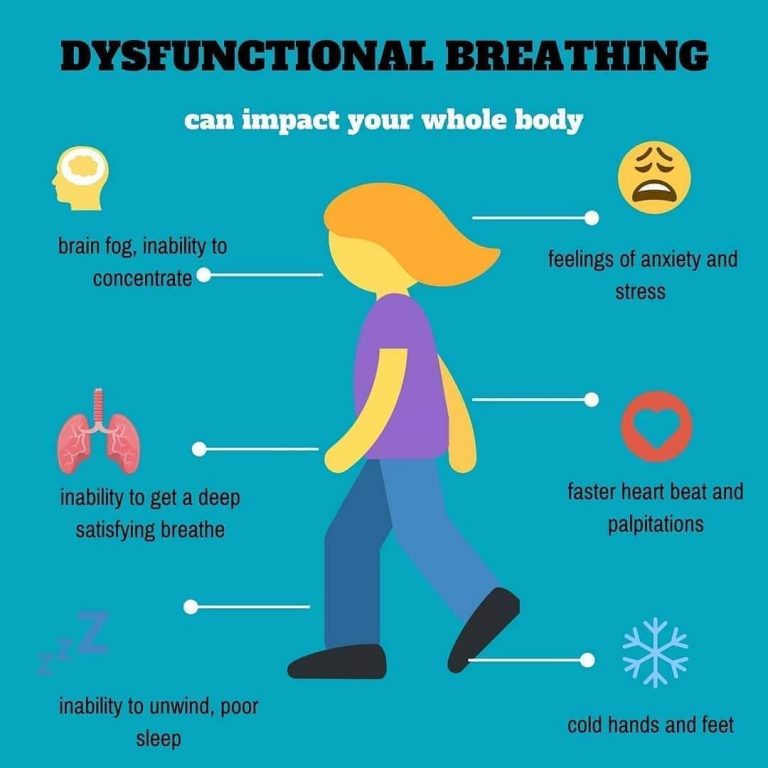 The severity of DMC depends on the duration of bleeding and the amount of blood loss. During the juvenile period, blood loss is usually more extensive, but they are not as plentiful as in DMC of the climacteric and reproductive periods.
The severity of DMC depends on the duration of bleeding and the amount of blood loss. During the juvenile period, blood loss is usually more extensive, but they are not as plentiful as in DMC of the climacteric and reproductive periods.
The incidence of dysfunctional uterine bleeding is about 16% of all cases of gynecological diseases. At the same time, the anovulatory form of DMK predominates.
DMC is caused by a complex effect of various factors that adversely affect the reproductive system during different stages of its development.
Causes contributing to the development of this pathology include:
- physical and psychological overwork
- stress
- vitamin deficiency
- skull and brain injuries
- induced abortion
- malnutrition
- endocrine diseases
- inflammatory diseases of the reproductive system
- use of antipsychotics
- neuroendocrine diseases
- work in hazardous production
- exposure to toxic substances
- poor environmental situation
- developmental disorders during the perinatal period
The juvenile form of DMC is due to the immaturity of the hypothalamus during puberty.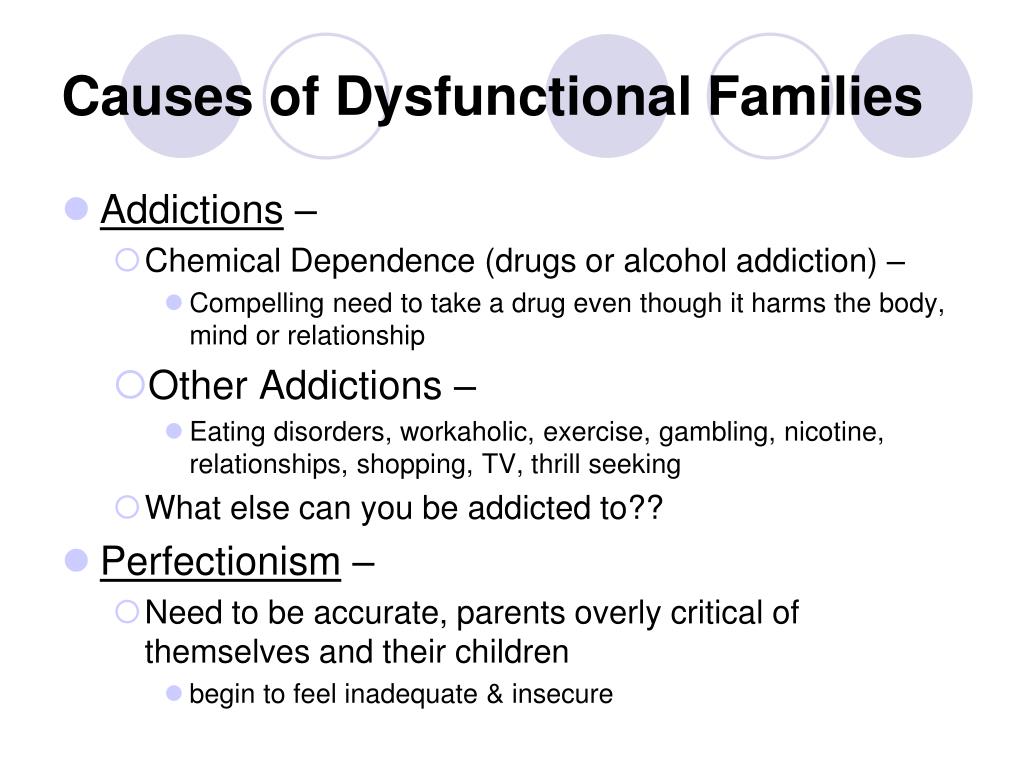 During the reproductive period, dysfunctional uterine bleeding is usually observed with anovulation (impaired egg maturation). DMK in menopausal women is caused by malfunctions of the hypothalamus, pituitary gland and ovaries, impaired synthesis of sex hormones and egg maturation.
During the reproductive period, dysfunctional uterine bleeding is usually observed with anovulation (impaired egg maturation). DMK in menopausal women is caused by malfunctions of the hypothalamus, pituitary gland and ovaries, impaired synthesis of sex hormones and egg maturation.
In "Gyneco" for the diagnosis of gynecological diseases, research methods and accurate diagnostic equipment have been tested by thousands of women. In the course of diagnosing juvenile DMC, it is necessary to exclude neoplasms of the internal genital organs, blood diseases, and miscarriage. With DMC in women of reproductive age, it is necessary to conduct a differential diagnosis with ectopic pregnancy, endometrial polyps, neoplasms of the internal genital organs and incorrect installation of intrauterine contraceptives. With dysfunctional bleeding during menopause, it is necessary to exclude neoplasms of the uterus and ovaries, adenomyosis and endometrial polyps.
Treatment
In "Gyneco" DMC therapy tactics are chosen depending on the age period during which the disease is observed.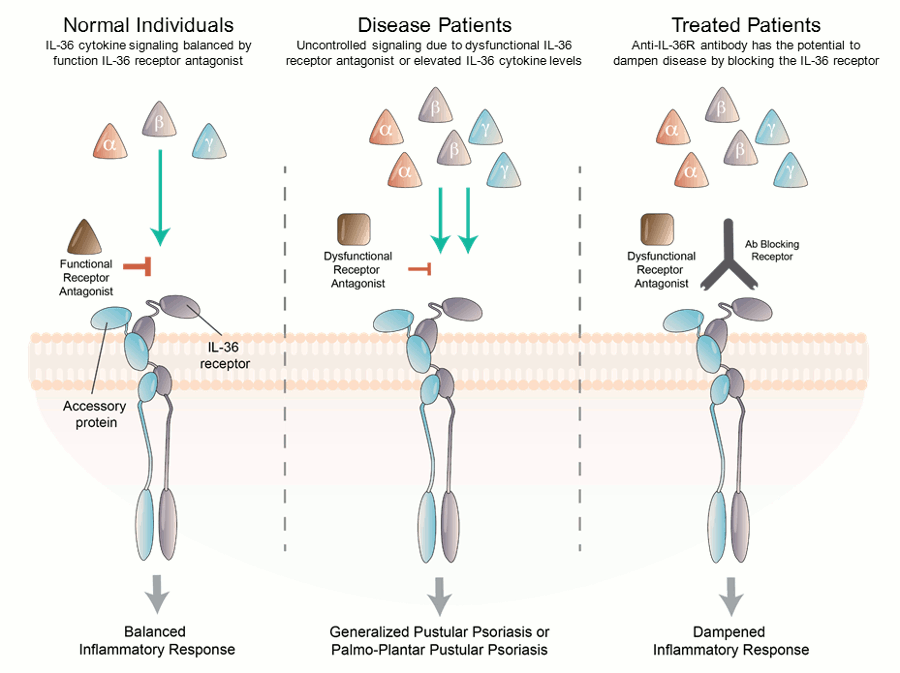 To eliminate DMC of the juvenile period, blood-restoring procedures are carried out, then monthly cycles are normalized and relapses are prevented. Based on the volume of blood loss, a choice is made between a conservative and a surgical method of therapy. When the hemoglobin level is above 100 g per liter, conservative therapy and drug treatment are usually carried out to restore blood and reduce the uterus. To increase the effectiveness of such treatment, progesterone preparations may be prescribed.
To eliminate DMC of the juvenile period, blood-restoring procedures are carried out, then monthly cycles are normalized and relapses are prevented. Based on the volume of blood loss, a choice is made between a conservative and a surgical method of therapy. When the hemoglobin level is above 100 g per liter, conservative therapy and drug treatment are usually carried out to restore blood and reduce the uterus. To increase the effectiveness of such treatment, progesterone preparations may be prescribed.
If the hemoglobin level is below 70 g per liter or significant blood loss, surgical therapy is recommended - hysteroscopy and curettage. However, such methods of therapy are unacceptable in the presence of blood diseases. Simultaneously with surgical treatment, a course of vitamin therapy and preparations with iron and folic acid is carried out. Plasma transfusion is sometimes used to eliminate the risk of complications caused by blood loss.
In the treatment of DMC of the reproductive period, a histological analysis of the scraping is carried out to select the optimal treatment method. In case of frequent recurrence of the disease, hemostasis is performed. In order to equalize menstrual cycles and reduce the risk of relapse, hormonal medications are prescribed. Comprehensive treatment is aimed at normalizing the functions of the central nervous system, compensating for the lack of essential trace elements and eliminating relapses of chronic diseases. In the presence of anemia, drugs containing iron are prescribed.
In case of frequent recurrence of the disease, hemostasis is performed. In order to equalize menstrual cycles and reduce the risk of relapse, hormonal medications are prescribed. Comprehensive treatment is aimed at normalizing the functions of the central nervous system, compensating for the lack of essential trace elements and eliminating relapses of chronic diseases. In the presence of anemia, drugs containing iron are prescribed.
Treatment of DUB during the reproductive period at the Gyneco clinic consists of two stages: stopping bleeding with hemostasis and minimizing the risk of re-blood loss. The significance of surgical hemostasis for this group of patients is quite high, since it is performed with simultaneous hysteroscopy and makes it possible to confirm or refute the presence of pathologies in the uterus.
During menopause, DMC therapy is preceded by hysteroscopy and analysis of endometrial scrapings. This makes it possible to clarify the diagnosis and develop a personalized treatment strategy.![]() In the most severe situations, a complete resection of the uterus may be required. Expectant management does not always lead to a cure; urgent surgical intervention is often necessary.
In the most severe situations, a complete resection of the uterus may be required. Expectant management does not always lead to a cure; urgent surgical intervention is often necessary.
Prevention of DMC is essential for the transformation of this serious pathology. Monitoring the general condition of the body and the immune system in childhood and adolescence and adulthood is very important for the prevention of dysfunctional uterine bleeding. Of great practical importance is the refusal to terminate a pregnancy and the timely treatment of acute diseases of the reproductive system. It is easier to monitor the state of the female reproductive system together with the doctors of the Gyneko Center. Our task is not just to diagnose pathologies, but to notice changes in time in order to prevent their degeneration into serious diseases.
Medical advice for doctors | Remedium.ru
28.10.2022
The use of resveratrol and indole-3-carbinol as an antiproliferative method for the prevention of HPV-associated diseases
K.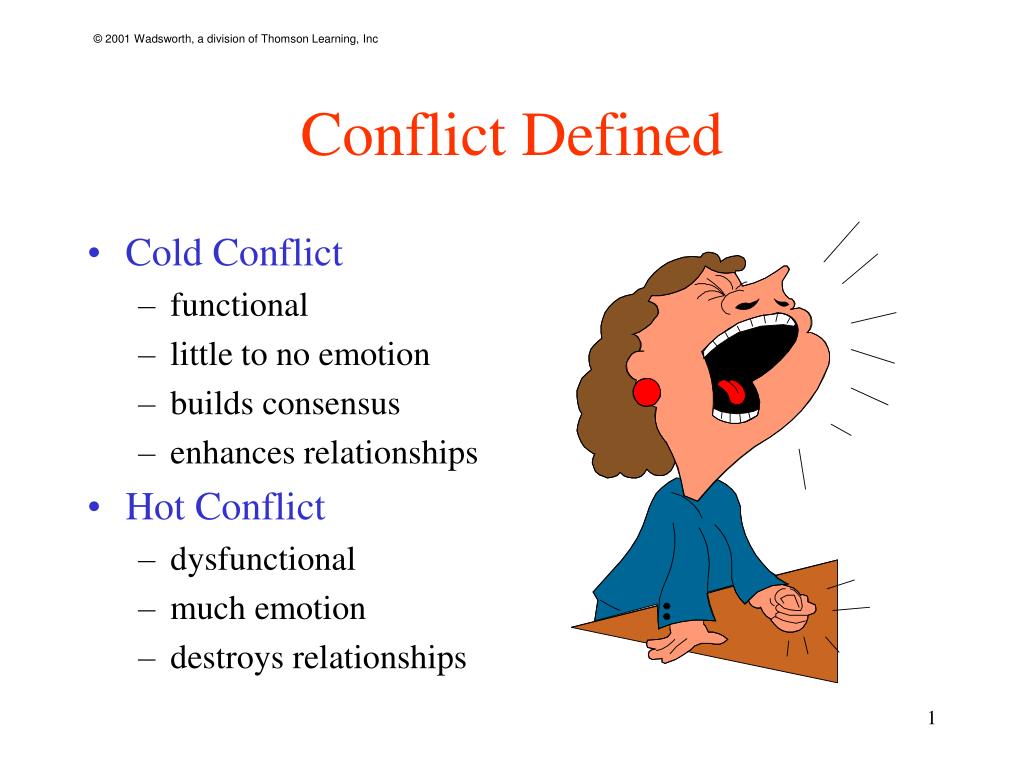 I. Gusakov 1 * , N.M. Nazarova 1 , P.R. Abakarova 1 , A.A. Tararykova 2 , I.A. Ivanov 1 ; 1 Academician National Medical Research Center for Obstetrics, Gynecology and Perinatology, 2 National Medical Research Center for Oncology named after N.N.0002 More
I. Gusakov 1 * , N.M. Nazarova 1 , P.R. Abakarova 1 , A.A. Tararykova 2 , I.A. Ivanov 1 ; 1 Academician National Medical Research Center for Obstetrics, Gynecology and Perinatology, 2 National Medical Research Center for Oncology named after N.N.0002 More
21.10.2022
Some aspects of adherence to combined hormonal contraception in young women
I.G. Zhukovskaya, L.F. Khuzin; IGMA
Introduction. In addition to protecting against unwanted pregnancies, combined hormonal contraceptives (CHCs) can improve women's health and quality of life. The awareness of Russian women about CHC is 85%, however, only 13% of women in Russia have experience of a long. ..
..
More
20.10.2022
Efficacy of probiotics in the treatment of irritable bowel syndrome
V.V. Tsukanov, A.V. Vasyutin, Yu.L. Thin ; Krasnoyarsk Scientific Center SB RAS
A review of current literature data was made, substantiating the high prevalence and social significance of irritable bowel syndrome (IBS). In different regions of the world, the prevalence of IBS ranges from ...
More
10/19/2022
Anticoagulant therapy with direct oral anticoagulants in polypharmacy: a course towards safety
I.N. Sychev 1.2 , L.V. Fedina 1.2 , D.A. Gabrielyan 1 Etc. Rastvorova 1 , E.V. Strigunkova 1 , K.B. Mirzaev 1 , D.A. Sychev 1 ; 1 Russian Medical Academy of Continuous Professional Education; 2 City Clinical Hospital named after S.S. Yudina
Rastvorova 1 , E.V. Strigunkova 1 , K.B. Mirzaev 1 , D.A. Sychev 1 ; 1 Russian Medical Academy of Continuous Professional Education; 2 City Clinical Hospital named after S.S. Yudina
Cardiovascular diseases...
More
10/18/2022
Inosine pranobex in the treatment of mild cervical intraepithelial neoplasia (clinical experience)
I.O. Borovikov, I.I. Kutsenko, V.P. Bulgakov, A.A. Gorbulin; KubGMU
Introduction. The article reflects the experience of treating patients with papillomavirus-associated lesions of the cervix - mild cervical intraepithelial neoplasia (CIN I) using an immunostimulant with antiviral activity...
More
10/17/2022
Efficacy of an esophagoprotector in the treatment of patients with gastroesophageal reflux disease: a systematic review
I. V. Maev 1 , D.N. Andreev 1 , Yu.A. Curly 2 , E.G. Lobanova 1 , D.I. Schaefer 1 ; 1 Moscow State University of Medicine and Dentistry named after A.I. Evdokimova, 2 Ilyinsky hospital
V. Maev 1 , D.N. Andreev 1 , Yu.A. Curly 2 , E.G. Lobanova 1 , D.I. Schaefer 1 ; 1 Moscow State University of Medicine and Dentistry named after A.I. Evdokimova, 2 Ilyinsky hospital
Gastroesophageal reflux disease (GERD) is one of the most...
More
10/14/2022
Dental anomalies: classification, causes and treatment
The close relationship between oral health, systemic and psychological health requires careful assessment of oral health as part of health surveillance. Understanding the normal sequence and patterns of teething is the basis for identifying and treating children...
More
10/13/2022
Painful sexual disorder
N. N. Stenyaev; NMITs AGP them. IN AND. Kulakova
N. Stenyaev; NMITs AGP them. IN AND. Kulakova
Painful sexual disorder, which combines the concepts of dyspareunia, vaginismus, pelvic pain, penetration disorder, is widespread in women of reproductive and postmenopausal age in the world (up to 34–45%) and more often manifests itself as a coming ...
More
10/11/2022
Diagnosis of disorders in the coagulation system, assessment of the risk of hemorrhagic complications in severe cirrhosis/liver diseases according to global screening tests of the hemostasis system and principles for their correction: guidelines
M.W. Mayevskaya 1 * , M.S. Zharkova 1 , V.T. Ivashkin 1 , E.N. Bessonova 2 , N.I. Geyvandova 3 , E.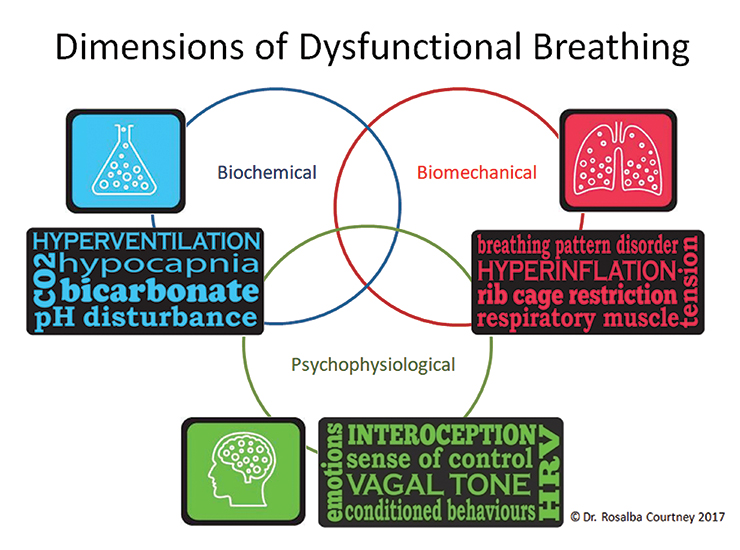 A. Kitsenko 4 , N.V. Korochanskaya 5.6 , I.A. Kurkina 1 , A.L. Melikyan 7 , V.G. Morozov 8 , Yu.V. Horonko 9 ; 1 First Moscow State Medical University named after I.M. Sechenov (Sechenov University), 2...
A. Kitsenko 4 , N.V. Korochanskaya 5.6 , I.A. Kurkina 1 , A.L. Melikyan 7 , V.G. Morozov 8 , Yu.V. Horonko 9 ; 1 First Moscow State Medical University named after I.M. Sechenov (Sechenov University), 2...
More
10.10.2022
Features of eating behavior in women: risk assessment of complications
T.P. Shevlyukova, E.A. Mateikovich, P.A. Ermakova, A.A. Ermakova, Tyumen State Medical University
Introduction. Studies show that up to 8% of pregnant women suffer from eating disorders. Such problems are found everywhere, most often women do not even realize that.





